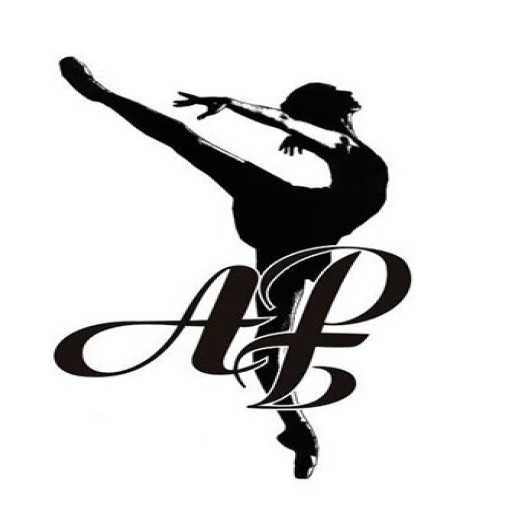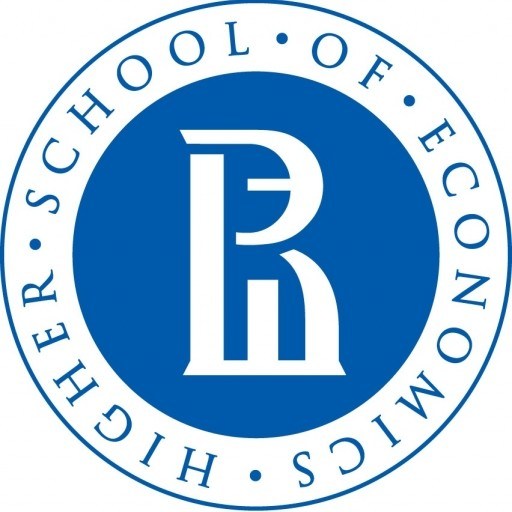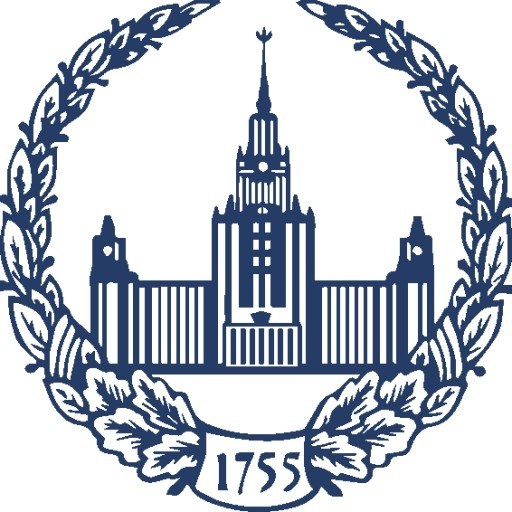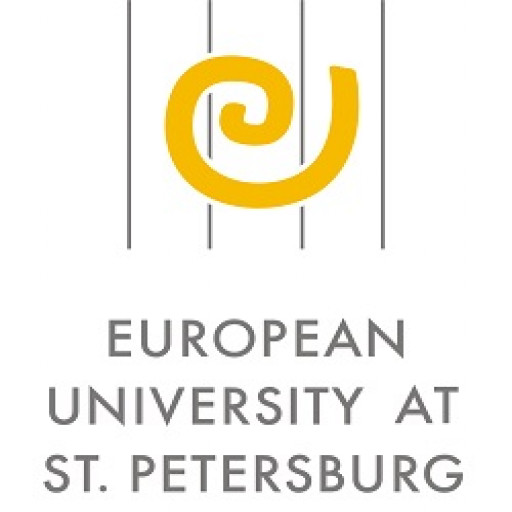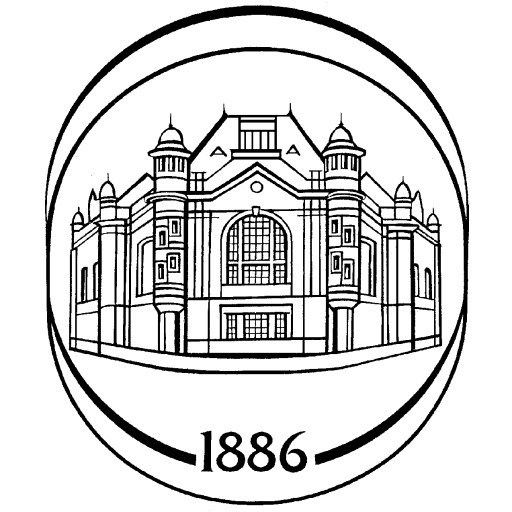The Bachelor of Classical Dance program at the Vaganova Academy of Russian Ballet offers a comprehensive and rigorous training curriculum designed to prepare students for professional careers in the art of classical ballet. Rooted in the rich traditions and precise techniques established by the legendary Vaganova method, this program combines a strong theoretical foundation with extensive practical training to develop versatile, disciplined, and expressive dancers. Students engage in daily classes that encompass classical ballet techniques, pointe work, male and female partnering, character dance, and dance history. The curriculum emphasizes anatomical understanding, performance skills, artistry, and stage presence, ensuring graduates are well-equipped for demanding performances in ballet companies worldwide.
Throughout the course, students participate in rehearsals and performances, gaining invaluable stage experience and professional exposure. The program also integrates pedagogical studies and choreography principles to foster a holistic understanding of dance as an art form. Under the guidance of acclaimed instructors and professional dancers, students receive personalized mentorship, enabling them to refine their technical prowess and artistic expression. The academy’s state-of-the-art facilities, including large dance halls and academic classrooms, provide an ideal environment for training and development. Upon completion, graduates receive a recognized Bachelor's degree, opening pathways to careers as soloists, ensemble dancers, choreographers, or dance educators. The Vaganova Academy’s Bachelor of Classical Dance program upholds its reputation as one of the world’s leading ballet education institutions, dedicated to cultivating the highest standards of excellence in the art of classical ballet.
The Classical Dance programme at the Vaganova Academy of Russian Ballet offers a comprehensive and rigorous education designed to develop students’ technical mastery, artistic expression, and understanding of ballet history and theory. This programme is rooted in the centuries-old traditions of Russian ballet, emphasizing the foundational techniques that have shaped classical dance globally. Throughout their studies, students engage in a structured curriculum that combines daily ballet classes, characterized by precise exercises in adagio, petite allegro, grande allegro, and pointe work, with advanced training in neoclassical and classical choreography. The programme aims to cultivate not only technical proficiency but also an artistic sensibility, encouraging students to interpret choreography with emotion, clarity, and musicality.
Students are introduced to Vaganova's unique approach, which integrates movement harmony, strength, flexibility, and endurance, fostering a resilient and expressive dancing style. Alongside technical classes, the curriculum includes rehearsals for classical ballet productions, where students learn the nuances of performance, stage presence, and character development. Master classes and workshops with leading ballet maestros provide additional opportunities for skill enhancement and exposure to different interpretations of traditional and contemporary ballet repertoire.
The programme emphasizes the importance of discipline, artistic integrity, and cultural awareness, preparing graduates for professional careers as ballet dancers in companies worldwide. Instruction also covers anatomy, health, and injury prevention, ensuring students develop sustainable dance habits. The Vaganova Academy's environment supports mentorship and artistic growth, with performances that allow students to showcase their progress and gain critical experience on stage. Upon completion, graduates possess a strong technical foundation and artistic maturity, enabling them to contribute meaningfully to the world of classical dance and uphold the esteemed traditions of the Vaganova Ballet Method.
Program requirements at the Vaganova Academy of Russian Ballet for the Classical Dance degree include a comprehensive curriculum designed to develop students' technical skills, artistic expression, and theoretical understanding of ballet. Prospective students must provide proof of completion of secondary education or its equivalent, along with a medical certificate confirming their physical suitability for rigorous ballet training. Prior experience in ballet or dance is advantageous but not mandatory; however, candidates are often required to pass an entrance exam that assesses their physical fitness, basic dance ability, and musicality. The audition typically includes a demonstration of classical ballet exercises such as pliés, tendus, and grande battements, as well as a series of improvisations to evaluate coordination and expressiveness. Applicants may also be asked to perform a prepared dance piece or a pair of exercises selected by the admissions committee.
Candidates may be required to submit photographs of themselves in dance attire to evaluate their form and physique. Additional documentation, such as recommendation letters from dance instructors or previous schools, can strengthen an application. The selection process aims to identify students with not only potential and physical aptitude but also a strong motivation and capacity for disciplined training.
The educational program generally spans several years, during which students participate in daily rigorous training sessions focused on classical ballet techniques, pointe work, character dance, and related disciplines such as anatomy, dramaturgy, and history of ballet. Practical exams, performances, and master classes with renowned ballet masters are integral components of the curriculum. The academy emphasizes the development of both technical mastery and artistic individuality, with an expectation for students to demonstrate consistent progress and commitment throughout their studies. Admission also requires abiding by the academy’s regulations concerning conduct, attendance, and dress code. Candidates should be prepared for a highly competitive selection process, reflective of the academy's prestige and the high standards of classical ballet training it maintains.
tuition_fees: The Vaganova Academy of Russian Ballet offers a comprehensive classical dance program with a focus on ballet technique, choreography, and performance skills. The cost of tuition varies depending on the year of study and specific program components. Typically, the annual tuition fee for full-time students is approximately 250,000 to 350,000 Russian rubles. This fee covers classes in classical ballet, pas de deux, character dance, choreography, and theoretical courses related to dance history and pedagogy. Additional costs may include examinations, costumes, and supplementary workshops. The academy provides various forms of financial support, including scholarships and grants, aimed at talented students demonstrating exceptional promise and academic achievement. Scholarships are awarded based on audition results and academic performance, which significantly reduce the financial burden for recipients. The academy also encourages students to seek external funding sources, such as governmental grants and cultural scholarships available in Russia. International students are required to pay the same tuition fees but may be subject to additional costs such as visa processing and accommodation. The academy’s extensive network of partnerships with cultural institutions and governmental agencies offers opportunities for students to participate in exchanges and internships, which may provide additional financial benefits or stipends. The overall financial model is designed to promote accessibility to classical ballet education while maintaining high standards of training. Financial aid programs are competitive, and students are advised to apply early and prepare a portfolio demonstrating their artistic talent and academic dedication. Cost of living in Saint Petersburg, where the academy is located, should also be considered, including expenses for housing, meals, and transportation. The academy aims to support its students financially through a combination of internal scholarships, state funding, and partnerships with cultural organizations, ensuring that talented dancers from diverse backgrounds have the opportunity to pursue a career in classical ballet.
The Classical Dance program at the Vaganova Academy of Russian Ballet is a comprehensive and highly specialized course designed to train students in the traditional Russian ballet techniques rooted in the Vaganova Method. This prestigious program aims to develop students' technical skills, artistic expression, and understanding of classical ballet repertoire, ensuring they acquire the necessary foundation to perform at the highest professional standards. The curriculum integrates rigorous daily training that emphasizes precision, strength, flexibility, and musicality. Students engage in classical ballet classes, pointe work, character dance, and partnering techniques, all under the guidance of experienced instructors and renowned choreographers.
Throughout the program, students study a broad repertoire of classical ballets, gaining exposure to historic and contemporary works. The program also emphasizes the importance of stage presence, artistic interpretation, and theatricality, preparing graduates for performances on national and international stages. As part of their training, students participate in master classes, workshops, and competitions, which serve to enhance their skills and foster professional growth. The academy’s historic facilities and distinguished pedagogical lineage provide students with an immersive and disciplined learning environment.
Graduates of the Classical Dance program often pursue careers as professional ballet dancers, soloists, or members of leading ballet companies. Many go on to perform in productions worldwide, uphold the traditions of Russian ballet, and contribute to the art form's vitality and evolution. The program's combination of classical training and artistic development ensures that students not only master technical skills but also cultivate their individual artistic voice, aligning with the legacy of the Vaganova method and Russia’s rich ballet heritage.
